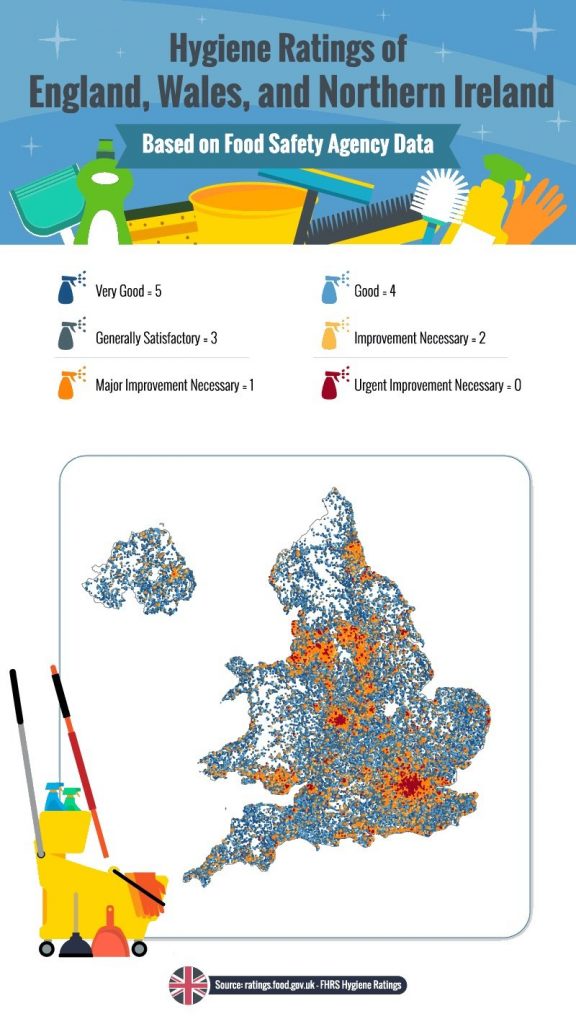The majority of infectious diseases currently emerging as human epidemics originated in mammals. Yet little is known about the global patterns of mammal-to-human pathogen transmission.
 Researchers at the Cary Institute of Ecosystem Studies and the University of Georgia have assembled summative world maps of what’s on record about mammal-to-human diseases. The work, which aims to question whether it is possible to predict the emergence of new zoonotic diseases, appears June 14 as part of a Review in Trends in Parasitology.
Researchers at the Cary Institute of Ecosystem Studies and the University of Georgia have assembled summative world maps of what’s on record about mammal-to-human diseases. The work, which aims to question whether it is possible to predict the emergence of new zoonotic diseases, appears June 14 as part of a Review in Trends in Parasitology.
The maps include data on all 27 orders of terrestrial mammals, including rabid bats, camels carrying Middle East respiratory syndrome, the hoofed relatives of livestock that pass on foodborne diseases, and many different kinds (more than 2,000 species) of rodents. Outbreaks of diseases caused by pathogens that originate in non-human hosts (called zoonoses) are believed to be inherently unpredictable, but the maps reveal understudied patterns.
Map data were partially generated from information in the Global Infectious Disease and Epidemiology Network (GIDEON) database as well as mammal distribution maps published by the International Union for the Conservation of Nature.
“Understanding where animals are distributed and why may not seem applicable to our day-to-day lives,” says first author Barbara Han, a disease ecologist at the Cary Institute of Ecosystem Studies in New York. “But the big breakthroughs that we need as a society (e.g., forecasting where the next zoonotic disease may emerge) rely on exactly this kind of basic scientific knowledge.”
Or as Worms and Germs Blogerer Scott Weese says, “The paper has a lot of comprehensive discussion of risks associated with various types of mammals (e.g. rodents vs bats vs ungulates) and various types of pathogens.
“However, since we tend to like things distilled down into pretty pictures, their maps are getting the most attention. Their assessment of the number of zoonoses in different regions might surprise some.”


